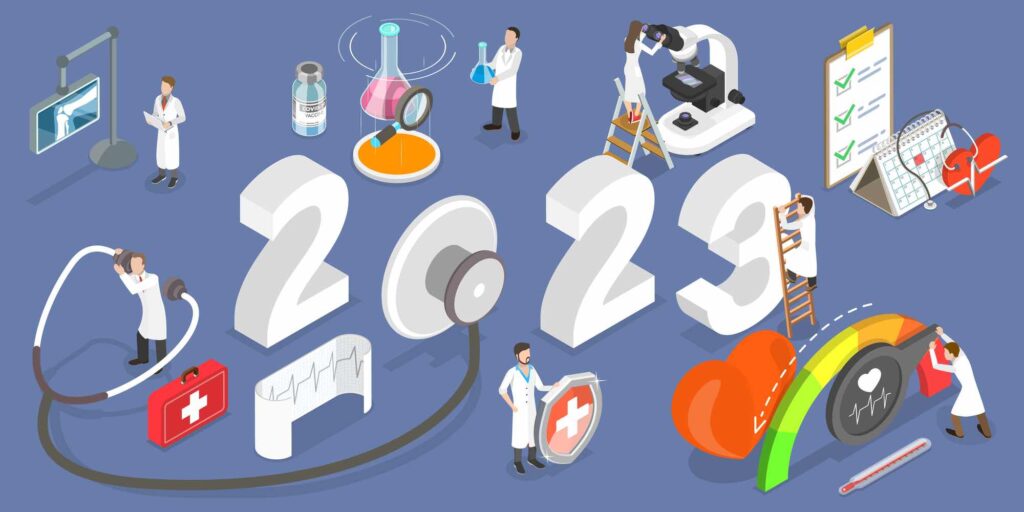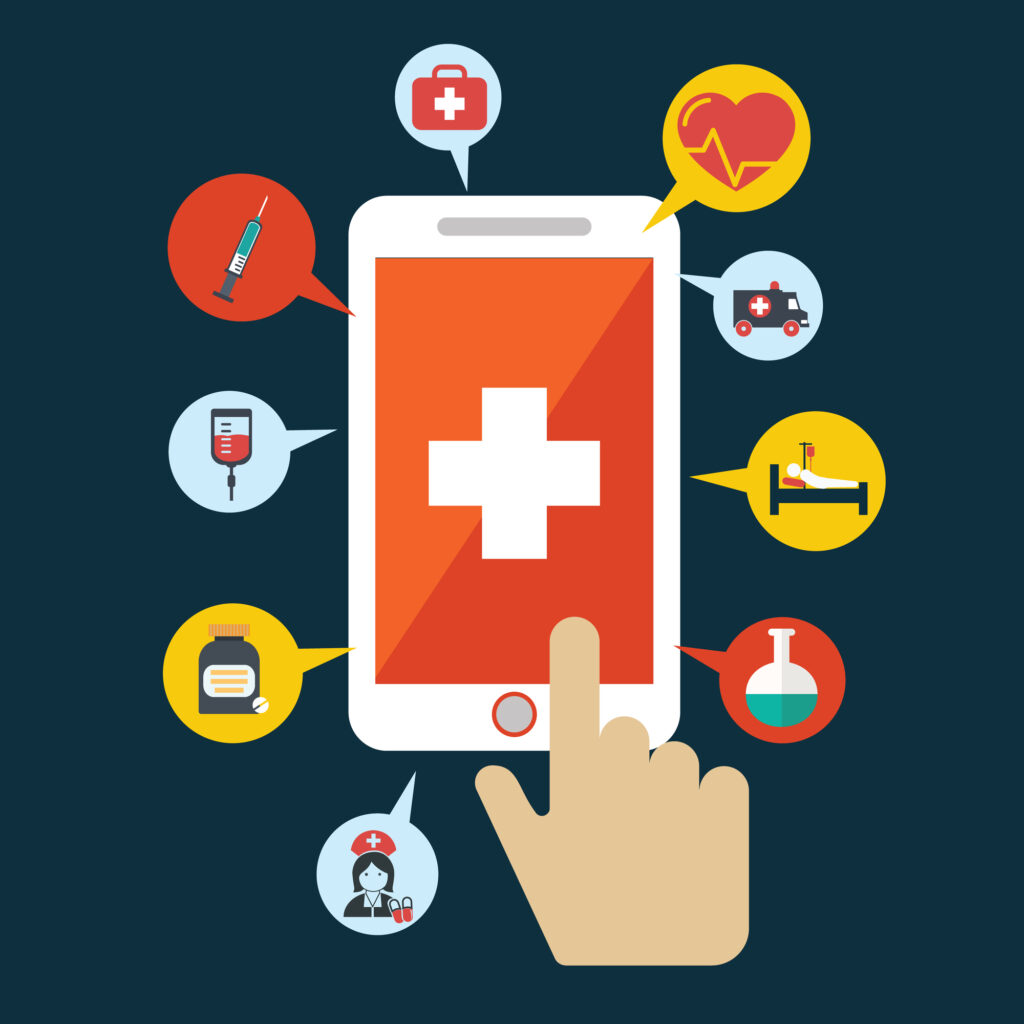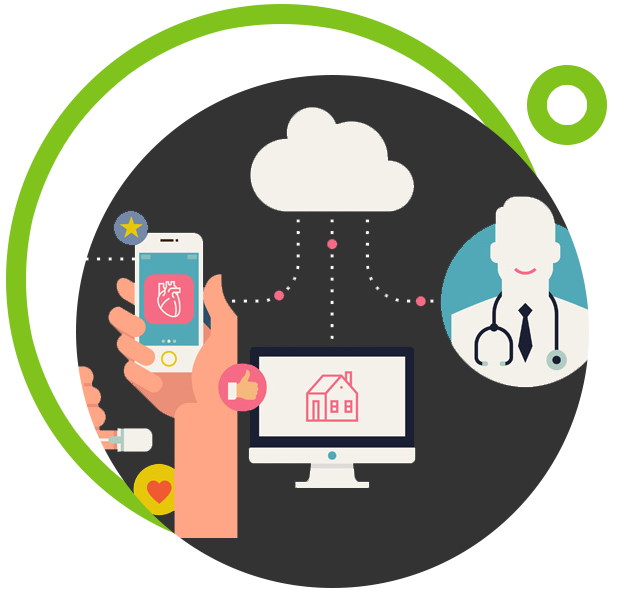
We’re not making definitive predictions here, but the rapid changes seen in healthcare have been remarkable these past years, and going into 2023 we can be certain there will be new challenges and opportunities. We do expect some themes to continue into 2023 and beyond.
Challenging margins for health systems and independent practices. As reimbursements to health care organizations has languished, the importance of ensuring the maximum returns on existing investments will be key. Over the past decade there have been massive investments in new systems and networks, every part of healthcare operations has been connected to a tech-enabled system. To realize the gains promised these networks need to be functional and reliable. Are your systems working like they’re supposed to? Or does the staff have the impression that ‘nothing works like it supposed to!’ Disconnected applications or unforeseen application issues can cause significant delays, frustrate staff, and waste valuable time. Applications and Integration monitoring can ensure those technology investments are pulling their weight and maximizing return, supporting clinical staff and powering seamless operations.
Healthcare worker burnout and moral injury are likely to be concerns into 2023 and beyond. Network reliability can be a source of frustration for clinicians, reliable systems are one component of providing a high quality experience, interfaces and tools that provide a better working environment will certainly be another. The proliferation of apps and tools to enhance user experience for both patient and clinician will likely continue, albeit at a slower rate than prior years. Having the best possible tools and apps can be a key strategy to keeping employees engaged and patient focused, whether it is a third party app or custom mobile and web applications, new solutions will continue to be front and center.
Over the past few years we have seen a massive shift in how healthcare is delivered, from a largely in-person environment toward more telehealth and virtual solutions than ever before. While there has been slowing in the market for many of these independent services, telehealth will continue to be a necessity for any health service moving forward. In a distributed clinical environment current systems may not be enough to have a fully functional clinic. EHRs optimized for in-person care may not work with distributed clinical staff, will other solutions be utilized? What portions of intake can be automated, how will those answers be populated into the EHR and get to right clinician at the right time? Is the right patient information populating over, medication history, allergies, radiology reports, the list can be daunting. If a new system is being implement over existing infrastructure ensuring adequate testing and integration will be key to enabling high quality patient care. Moving to a new EHR can pose even more challenges, migrating data is complex and requires a high degree of certainty. Managing these data sharing challenges will continue to be a priority as care becomes more distributed beyond a single physical site.
Maybe we’ll offer one prediction for 2023… Tido Inc. will be here and continue partnering with health systems and practices to face a challenging and changing technology landscape! Reach out today, we’re happy to work with you to face the healthcare challenges in this year, and beyond.



 All health systems, no matter if they are small, medium, or large are dealing with increasing number of applications. The COVID-19 pandemic has accelerated digital transformation in every major sector, vastly increasing our reliance on technology to meet many of our daily needs. And healthcare is no exception! Our health systems have greatly expanded their digital footprint to better serve our patients, empowering them to perform routine tasks without leaving the comfort of their home—such as paying bills, requesting medication refills, and even receiving personal health updates digitally.
All health systems, no matter if they are small, medium, or large are dealing with increasing number of applications. The COVID-19 pandemic has accelerated digital transformation in every major sector, vastly increasing our reliance on technology to meet many of our daily needs. And healthcare is no exception! Our health systems have greatly expanded their digital footprint to better serve our patients, empowering them to perform routine tasks without leaving the comfort of their home—such as paying bills, requesting medication refills, and even receiving personal health updates digitally.